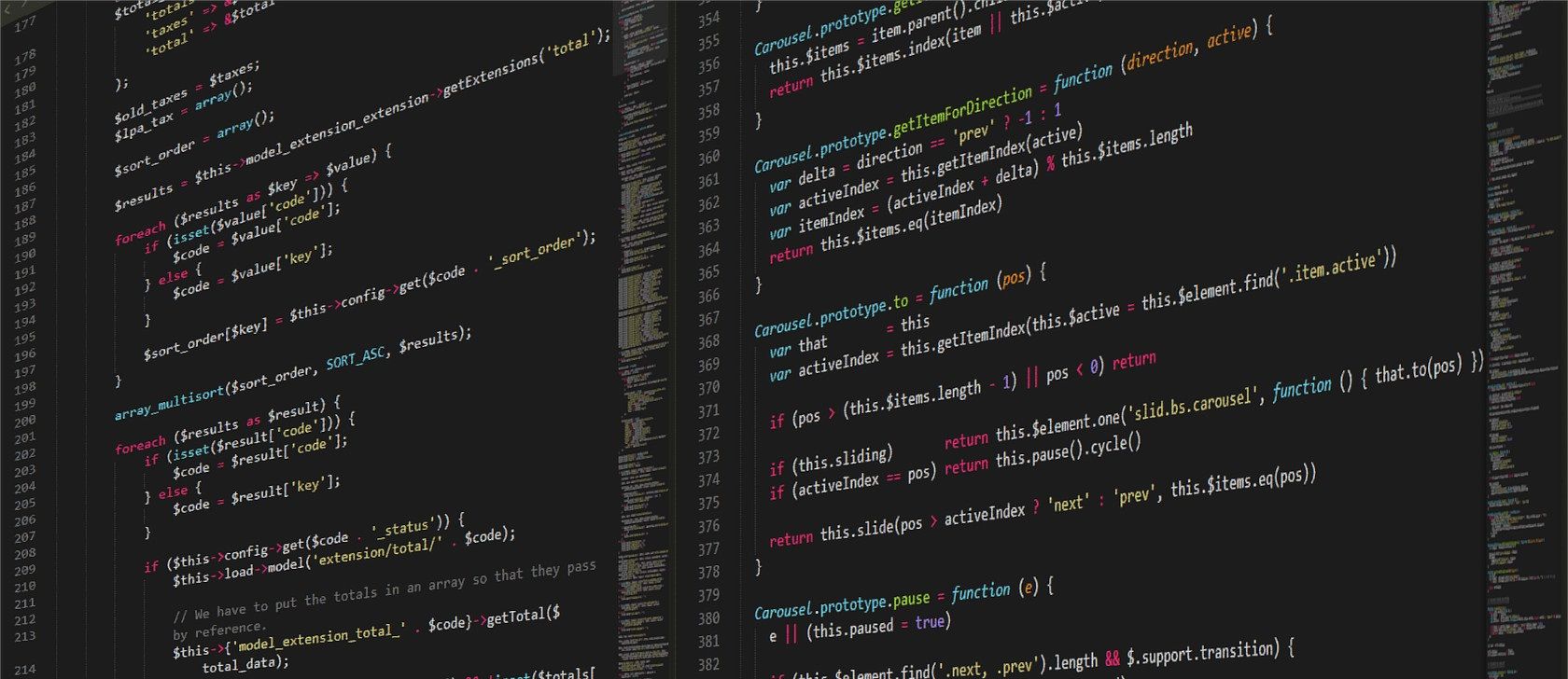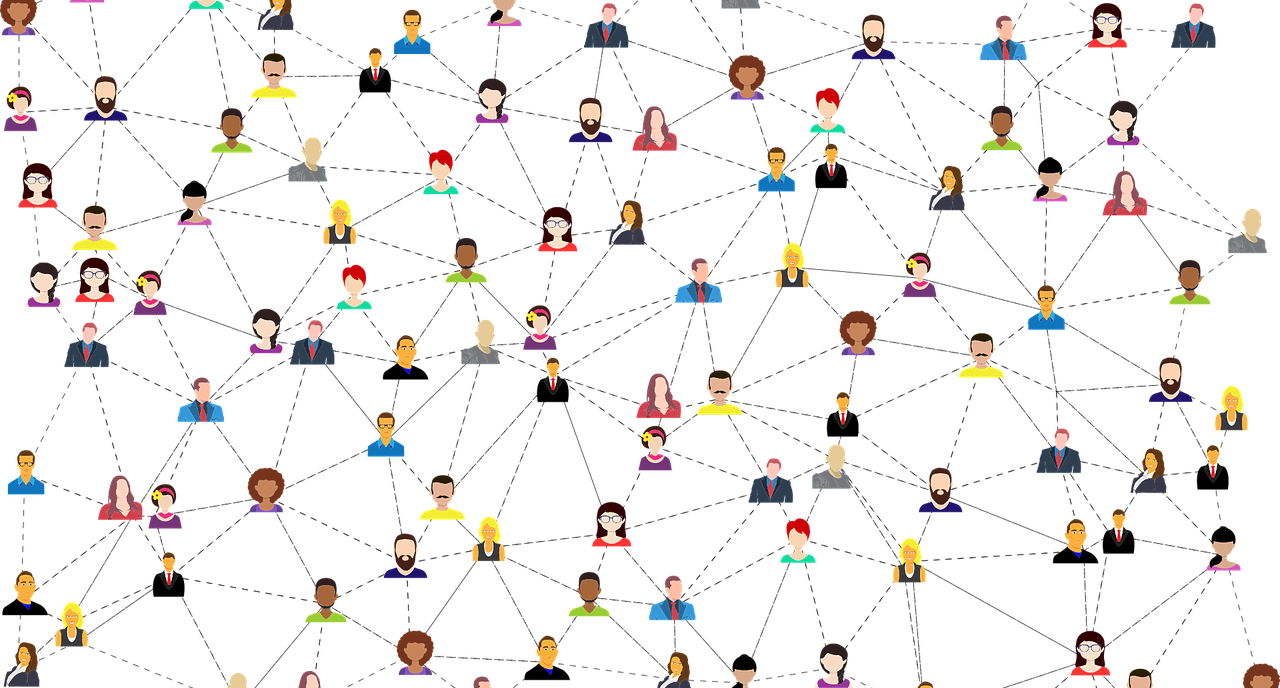Golang, or simply "Go", is a newer programming language initially released in 2012. Tracing its origin back to Google, many people opine that it's Google's internal language.
Ever considered learning Golang as a new programmer? Perhaps you're an existing developer and want to add it to your wealth of skills. We'll take a close look at Go so that you can make the most informed decision possible.
Notable Features of Golang
If anything is worth trying out in Go, it's the array of unique features it offers. Nonetheless, Go also shares similar attributes with other programming languages, including Python, C, C++, Java, and JavaScript.
For instance, its testing capabilities and arrays of standard libraries put it right in line with other languages. But some attributes make Golang more unique and worth learning. Here's a glance at some notable ones:
Concurrency
The ability to run multiple operations concurrently is one of the unique features of Golang. It uses an attribute called goroutine to achieve this. This makes Golang programs pretty fast and efficient at memory allocation.
Memory Address Assignment
Golang's address assignment lets you transfer the content of an object, the result of a function, or variable to another. Depending on your aim, this can come in handy when inserting a model object into a database or assigning the properties of one function to another.
For instance, you can't insert a struct directly into a database. But address assignment lets you attach the content of a struct or class to another variable. Hence, you can insert its fields into the database easily. This is similar to assigning a class to an object in other programming languages.
Compiled
Undoubtedly, compiled languages are faster than their interpreted counterparts since they convert directly into formats that the machine can read. Although Go is a compiled language, its processing is even more efficient, thanks to other features like garbage collection, goroutine channeling, and static typing.
Garbage Collection
While you might declare a variable or call a library without using it in other programming languages, you can't do so in Go. This feature allows Go to free unused memories you've allocated in your program, improving performance significantly. Plus, it makes your code cleaner and more readable.
Statically Typed Syntax
Like C, Go supports static syntax, which improves compilation time and eases debugging. In essence, you need to declare different data types rigidly, including strings, integers, arrays, and structs. This might look strange at first if you're coming from languages like JavaScript or Python, though. Rest assured, with a bit of practice, it doesn't take long to master.
Go Usage and Market Demand
Golang pales in comparison when it comes to popularity alongside other programming languages. This doesn't come as a surprise to most since it's relatively new. According to the 2021 Stack Overflow Developer Survey, approximately 9.55 percent of the developers that took the survey use Go, putting it as the 14th most popular programming language.
Nonetheless, stakshare.io puts the number of companies that use Go at 2,624. These include big names like Google, Uber, Slack, Pinterest, Shopify, Twitch, and more. Of course, that list doesn't mention those switching to or adopting the language for the first time. Its speed, concurrency, and CPU friendliness put it at the top of the list for companies running complex tasks.
However, that number is approximately 67.1 percent less than those using Python. While significant, it's not surprising—the Stack Overflow Developer Survey we referred to earlier puts Python as the most popular backend language in 2021 going into 2022.
Go's low popularity might make you think twice about learning it as your next chosen skill. But there's a clear indication that skilled Go developers are scarce despite companies valuing the skill. Besides, the same survey had it that many developers would love to switch to Go but dread trying to at one point or the other. Additionally, according to talent.com, the average annual salary of a Go developer in the US is $135,000.
Therefore, despite its low popularity, there's increased adoption of Go among both large and small companies. And with a solid foundational grasp of Go, you face lesser competition, unlike other popular languages like JavaScript or Python that have endless senior developers using them already.
Golang: Ease of Learning
For the most part, Go has a steep learning curve. Although its syntax is static, it's pretty short, comprehensive, and easy to read. It's even easier to pick up if you're coming from C—its syntax pattern reminds us of a simplified version of C.
And if you currently code with Java, JavaScript, or Python, you'll find it adaptable as well. Moreover, most programming concepts are similar across languages. So when you know one, picking up Go becomes easier.
Go's standard library is another unique feature that gives it adequate tooling. It ensures that you write less code and achieve more results.
The Go Community
Go has fair community support in terms of solutions to problems. For instance, Go topics are popular on Stack Overflow to an impressive extent. And there are plenty of resources online to help you work through the errors along the way.
The documentation is also easy enough to follow. So you have a high chance of solving problems when you get stuck. And thankfully, various code editors and development IDEs feature support for Go.
Nevertheless, developers in the community express dissatisfaction, as Google still manages most of Go's models. So even if it receives open-source contributions, Google still decides what feature goes in and out of Go.
Go: Applications
Golang's speed, concurrency, simplicity, and memory efficiency make it suitable for developing many complex applications, including those that require high-performance computing. Go is a server-side language with plenty of support for REST API.
That said, cloud-based apps, enterprise app development, DevOps automation, robotics, artificial intelligence, and system terminal tools are spheres where Go has found solid footing.
And it even has a high prospect in Web 3.0, as it also supports blockchain development. Ultimately, if you're considering scalability, speed, and performance, you might want to consider Go.
Go Solve Problems With Code
There's been wide adoption of Go for various software development purposes. And undoubtedly, Golang is worth learning if you're deliberate about it—so don't give up on your goals.
However, besides just picking up a skill in Go, your ability to solve problems with whatever technology you use prevails over your choice of tooling. So ensure that you merge your Go skills with critical thinking to boost your overall talent at delivering solutions. To start, you might want to learn how to build a web server with Go.





